Aspidoras taurus
Scientific name: Aspidoras taurus
Common name: N/A
Family: Callichthyidae
Usual size in fish tanks: 5 - 6 cm (1.97 - 2.36 inch)
014
Recommended pH range: 6.8 - 7.3
Recommended water hardness: 6 - 15°N (107.14 - 267.86ppm)
0°C 32°F30°C 86°F
Recommended temperature range: 22 - 25 °C (71.6 - 77°F)
The way how these fish reproduce: Spawning
Where the species comes from: South America
Temperament to its own species: peaceful
Temperament toward other fish species: peaceful
Usual place in the tank: Bottom levels
Diet and Feeding
Aspidoras taurus thrive on a varied diet. While they will accept sinking pellets, their health and coloration improve significantly when provided with a diet rich in live or frozen foods. Ideal options include daphnia, bloodworms, brine shrimp, and white worms. These protein-rich foods not only support their overall health but also encourage natural foraging behaviors. Feeding them in the evening when they are most active can help ensure they get their share of food, especially in a community tank.
Natural Habitat and Origin
Native to the waterways of Brazil, Aspidoras taurus are found in slow-moving streams and rivers in South America. These environments are typically shaded, with soft substrates and abundant leaf litter. Recreating similar conditions in the home aquarium, such as using a sandy substrate and providing ample hiding spots with driftwood and leaf litter, helps them feel more secure and exhibit natural behaviors.
Sexual Dimorphism
Distinguishing between male and female Aspidoras taurus can be challenging. However, mature females are generally more robust, particularly when carrying eggs. Males are usually more streamlined. Observing their behavior and body shape closely during the breeding season can aid in sex identification, with females appearing fuller in the abdomen.
Breeding Behavior
There have been no confirmed cases of Aspidoras taurus breeding in captivity, making their reproductive habits in the wild a subject of interest. In their natural environment, they are believed to be egg scatterers, releasing eggs among dense vegetation or leaf litter. If attempting to breed these fish, it is recommended to provide a separate breeding tank with soft, acidic water and plenty of hiding spots to mimic their natural habitat.
Expected Lifespan
With proper care and a stable environment, Aspidoras taurus can live for 3-5 years in an aquarium. Maintaining high water quality, providing a varied diet, and minimizing stress factors are crucial to ensure they reach their full lifespan. Regular water changes and monitoring of water parameters are essential for their well-being.
Unique Characteristics and Care Requirements
Aspidoras taurus are often mistaken for Corydoras due to their similar appearance. However, they can be distinguished by their broader skull structure and their increased sensitivity to water conditions. Discovered in 2000, they remain a relatively rare species in the aquarium trade. Aspidoras taurus prefer to be kept in groups of at least 6 individuals to feel secure and exhibit their natural social behaviors.
These fish are peaceful and should not be housed with aggressive tank mates. Ideal tank mates include other small, peaceful species like Neon Tetras and Ember Tetras. A well-planted aquarium with a soft substrate, such as sand or fine gravel, is recommended. Include plenty of hiding places using driftwood, rocks, and leaf litter to provide a sense of security.
Regular maintenance of the aquarium is essential to keep Aspidoras taurus healthy. They are particularly sensitive to poor water quality, so ensure efficient filtration and regular water changes to maintain optimal conditions. Aim for slightly acidic to neutral water with temperatures ranging from 22-25 °C (71.6-77°F).
Pictures
Bought by aqua-fish.net from jjphoto.dk.
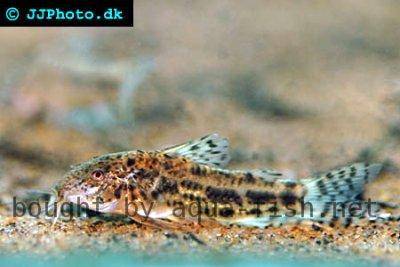

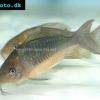 Giant
Giant 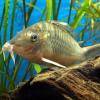 Hognosed
Hognosed 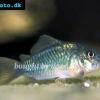 Emerald
Emerald 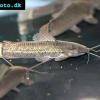 Cascarudo
Cascarudo 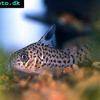 Acre
Acre 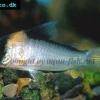 Adolfo’s
Adolfo’s 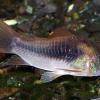 Bronze
Bronze  Agassizii’s
Agassizii’s 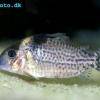 Spotted
Spotted 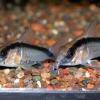 Skunk
Skunk 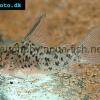 Corydoras
Corydoras 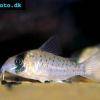 Fairy
Fairy 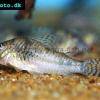 Corydoras
Corydoras 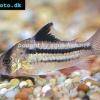 Pink
Pink 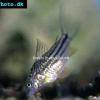 San
San 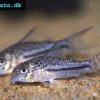 Bond’s
Bond’s 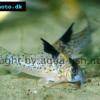 Spotted
Spotted 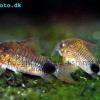 Tailspot
Tailspot 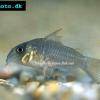 Concolor
Concolor  Cope’s
Cope’s  Sand’s
Sand’s 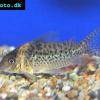 False
False 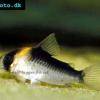 False
False 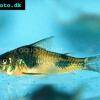 Ehrhardt’s
Ehrhardt’s 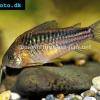 Elegant
Elegant 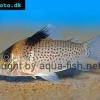 Saddle
Saddle 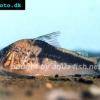 Fowler’s
Fowler’s 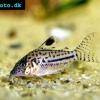 Gomezi
Gomezi 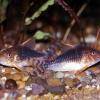 Palespotted
Palespotted 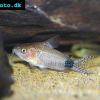 Guapore
Guapore 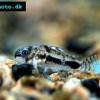 Dainty
Dainty 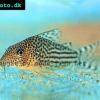 Mosaic
Mosaic 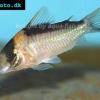 Imitator
Imitator 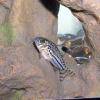 Julii
Julii 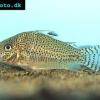 Leopard
Leopard 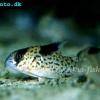 Black
Black 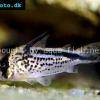 Slant-bar
Slant-bar 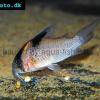 Bluespotted
Bluespotted  False
False 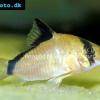 Bandit
Bandit 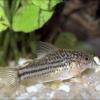 Mini
Mini 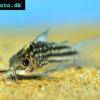 Napo
Napo 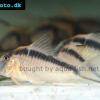 Corydoras
Corydoras  Blue
Blue 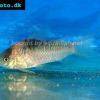 Nijssen’s
Nijssen’s 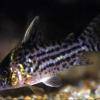 Ornate
Ornate 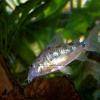 Peppered
Peppered 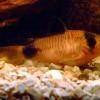 Panda
Panda 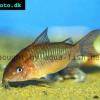 Albertini
Albertini 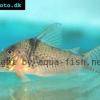 Pastaza
Pastaza 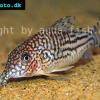 Corydoras
Corydoras 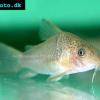 Many-spotted
Many-spotted 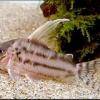 Pretty
Pretty 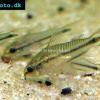 Dwarf
Dwarf  Iridescent
Iridescent 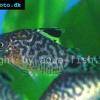 Reticulated
Reticulated 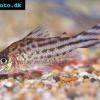 Bannertail
Bannertail 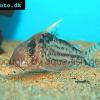 Robust
Robust 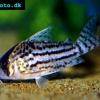 Schwartz’s
Schwartz’s 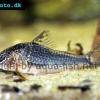 Black
Black 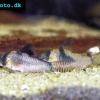 Longnosed
Longnosed 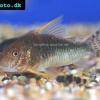 Seuss’
Seuss’ 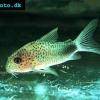 Smudge
Smudge 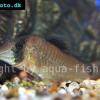 Masquerade
Masquerade 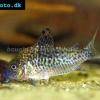 False
False 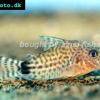 Millenium
Millenium 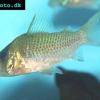 Pinkthroat
Pinkthroat 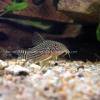 Sterba’s
Sterba’s 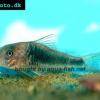 Longsnout
Longsnout 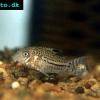 False
False 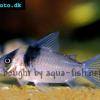 Miguelito
Miguelito 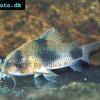 Twosaddle
Twosaddle 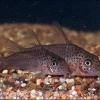 Xingu
Xingu 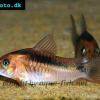 Black
Black 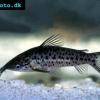 Porthole
Porthole 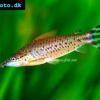 Flagtail
Flagtail 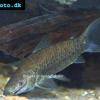 Brown
Brown 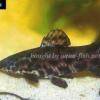 Spotted
Spotted